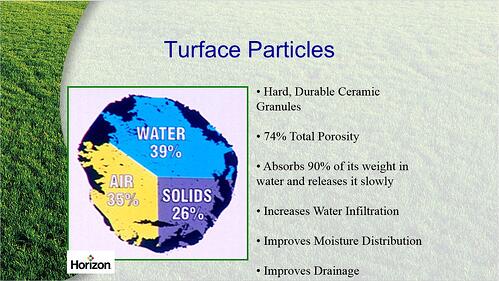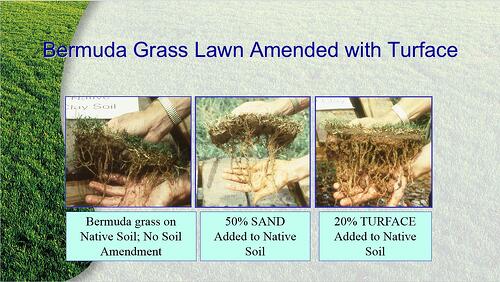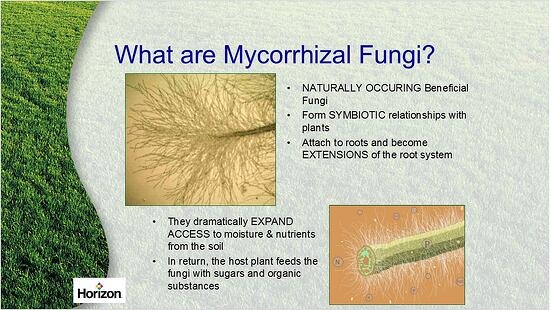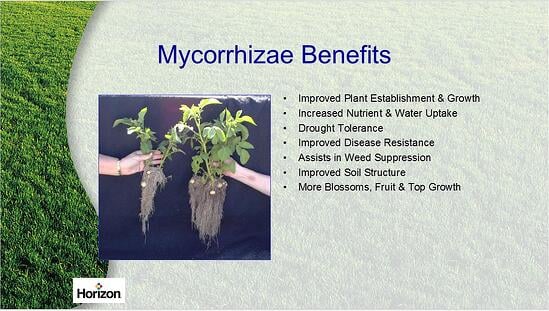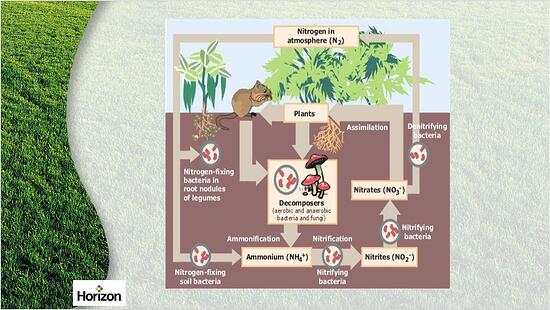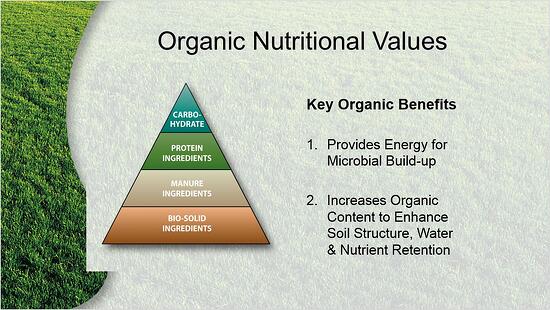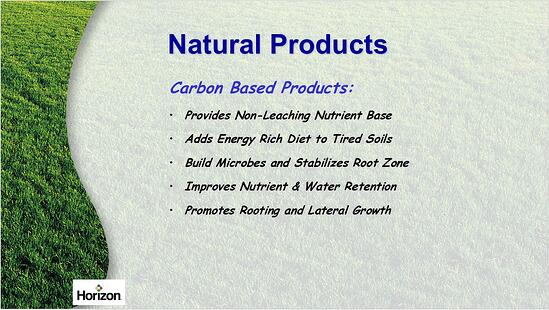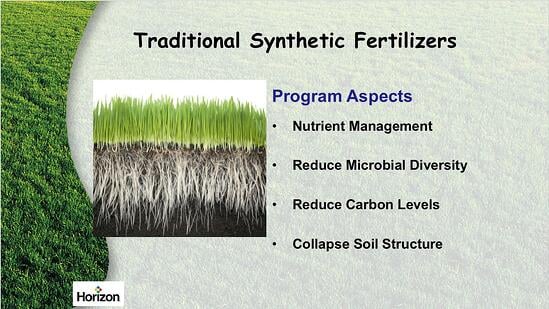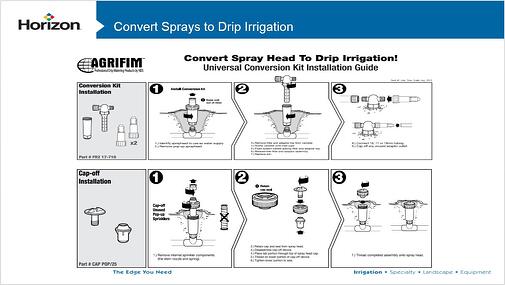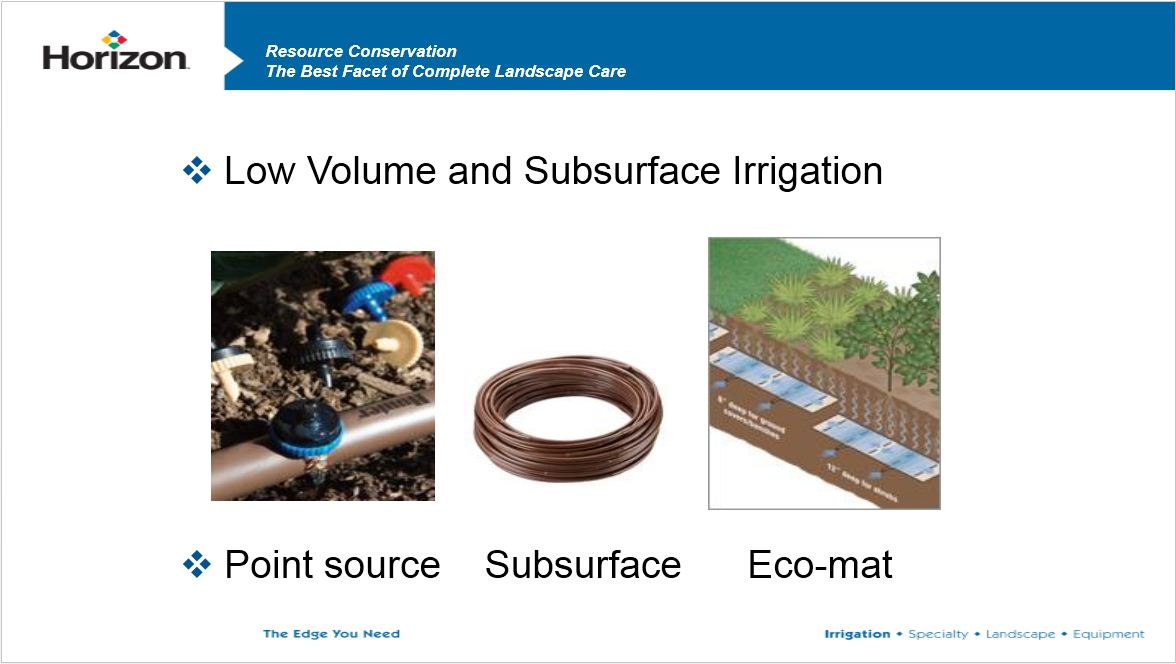When was the last time you checked your customer’s water meter? If it’s within the last 30 days, that’s great. But if you’re not in the habit of regularly checking your water meters, there’s a good chance you’re missing a leak.
The water meter is an overlooked tool that helps you quickly detect if there’s a water leak somewhere in your customer's irrigation system. Horizon’s Bob Franchetto has put together a few tips and a video to show you how to find and correct leaks with the water meter.
Is There a Leak?
When you’re using the water meter to check for leaks, we’re not concerned about the large dial. When the large dial is moving, we’ve got a big leak. What you want to find is the low flow indicator. Sometimes it’s blue, sometimes it’s a little red triangle.
If the low flow indicator is moving when the irrigation system is shut off, there’s a leak somewhere in the system.
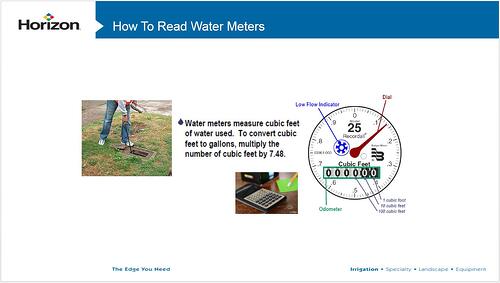
Finding the Leak
Step 1: Check if water is leaking.
Where the water is leaking is important. If the water is leaking on the city side, your customer won’t be billed for that water, but it still needs to get fixed. Leaks on the city side are the city’s responsibility and the city should be contacted to arrange service.
When the water is leaking on your customer’s side of the property, your customer is paying for it and it’s your responsibility to fix.
Step 2: Check the system from the meter to the valves.
If the water meter is running with the irrigation system turned off, then there is a leak between the meter and the valves. If the meter is running with the backflow turned off, you have just bypassed the valve and isolated the problem to the main. Your leak is between the meter and the backflow.
Step 3: Check if water is leaking out of the sprinkler heads.
When you have water leaking out of the sprinkler heads on a flat surface, you have a weaping valve. The valve is leaking. Let’s get it fixed or replaced.
And if the sprinkler heads are leaking on a sloped surface, you may need to install check valves. Without check valves, each time the system shuts off, every bit of water from the valve to the head is going to leak out. It’s a classic example of low head drainage.
The problem further multiplies when you cycle and soak the slope. If you don't have a check valve in the head when you cycle and soak, every cycle will produce additional low head drainage.
As purveyors of water, it’s our job to help our customers better manage their water usage. In many cases, we can dramatically improve an irrigation system’s efficiency with a few simple tweaks. It's the stuff we walk by every single day and don't pay attention to, but it’s easily fixed and it can save a significant amount of water.


 A smart water controller is an essential part of an water efficient irrigation system, but its impact is limited when the rest of the system isn't operating efficiently. When you're installing a new system, it's easier to incorporate complementary water saving techologies and create an efficient system. But when you're working with an existing system, the idea is to make simple adjustments that can have an immediate impact on your customer's water bill.
A smart water controller is an essential part of an water efficient irrigation system, but its impact is limited when the rest of the system isn't operating efficiently. When you're installing a new system, it's easier to incorporate complementary water saving techologies and create an efficient system. But when you're working with an existing system, the idea is to make simple adjustments that can have an immediate impact on your customer's water bill.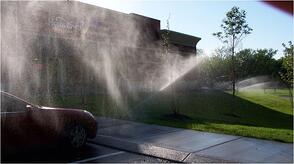 You can have the right controller and the right spray body, but if the system pressure is too high for your spray nozzle, you'll end up wasting a lot of water. Usually you'll see this in the form of fogging or misting, which atomizes the water and blows it onto sidewalks and hardscapes, greatly reducing the distribution uniformity of the nozzle. When the distribution uniformity of your sprays drops, you have to run the system longer to avoid dry spots.
You can have the right controller and the right spray body, but if the system pressure is too high for your spray nozzle, you'll end up wasting a lot of water. Usually you'll see this in the form of fogging or misting, which atomizes the water and blows it onto sidewalks and hardscapes, greatly reducing the distribution uniformity of the nozzle. When the distribution uniformity of your sprays drops, you have to run the system longer to avoid dry spots. If you're working on a property that has sloped surfaces and you see water seeping out some of the heads, you likely have low head drainage. With low head drainage, every bit of water from the valve to the low head will be wasted every time the water is shut off, which is even more problematic if you're cycle and soaking.
If you're working on a property that has sloped surfaces and you see water seeping out some of the heads, you likely have low head drainage. With low head drainage, every bit of water from the valve to the low head will be wasted every time the water is shut off, which is even more problematic if you're cycle and soaking.